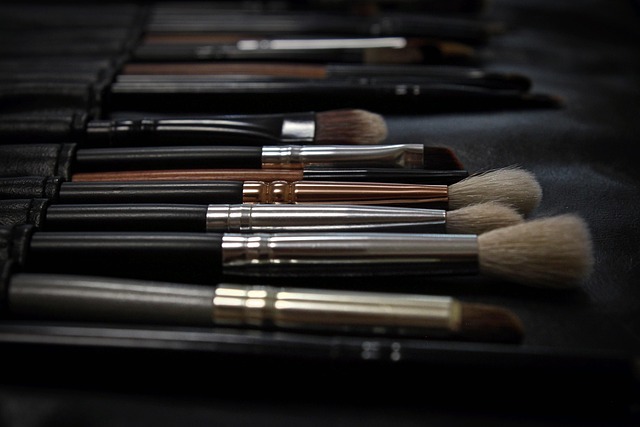Understanding the Essence of Fashion Criticism
Fashion is not just about clothes; it is a living, breathing reflection of cultural narratives, personal identities, and societal changes. Behind every collection and every runway show lies a deeper story waiting to be explored. This is where fashion criticism steps in, acting as both a mirror and a magnifying glass to the world of style.
The Role of the Fashion Critic
Fashion critics serve as the informed eyes and ears of the industry, dissecting trends and collections with a keen sense of what resonates with the audience. They evaluate the artistry and the craftsmanship behind each piece, but their role goes beyond mere observation. They contextualize fashion within broader societal trends, addressing issues such as sustainability, diversity, and inclusivity.
Engaging with the Audience
In a world where social media reigns, the dialogue surrounding fashion has become increasingly democratized. Everyone has an opinion, and everyone can be a critic. This shift encourages a collective environment where styles are discussed, dissected, and interpreted in ways that reflect personal experiences. Fashion criticism is no longer limited to editorial pieces; it thrives in blogs, vlogs, and social media platforms, inviting diverse voices to enrich the conversation.
Unpacking Trends
Trends often echo cultural movements. Whether it’s the rise of eco-friendly fashion or the reclamation of vintage styles, a critical analysis reveals the zeitgeist—what the world is feeling at a particular moment. When fashion critics evaluate these trends, they unravel the motivations behind them, asking critical questions that provoke thought and discussion. Why is sustainability becoming a fashion statement? How does cultural appropriation impact collections?
Fashion as a Cultural Force
Fashion is inherently intertwined with culture, often acting as a platform for social commentary. From political statements seen on T-shirts to the minimalist aesthetics that reflect a desire for simplicity in a chaotic world, every design choice sends a message. Herein lies the power of fashion criticism: by interpreting these messages, critics allow us to see the runway not just as a showcase of garments, but as a stage for dialogue about contemporary issues.
Empowerment through Critique
Engaging with fashion criticism empowers consumers. It encourages individuals to think critically about their purchasing decisions and to recognize the implications of their choices. Understanding the narratives behind brands and collections paves the way for more responsible fashion consumption, leading to a marketplace that values conscious decisions over fast fashion.
Challenges in the Industry
The world of fashion is not without its challenges. Critics must navigate a complex landscape of marketing, public relations, and brand loyalties. The potential for bias is ever-present, especially when critics are entwined with the very brands they assess. This is where integrity in fashion criticism becomes paramount. Ethical critique invites transparency, pushing both designers and consumers to reflect on values and practices.
Embracing Change in Fashion
The dynamic nature of fashion means that change is inevitable. As new voices in fashion criticism emerge, they challenge established norms and pave the way for innovation—both on and off the runway. This evolution encourages not just acceptance, but celebration of diverse styles and perspectives.
At the heart of fashion criticism lies a commitment to engagement, education, and empowerment. As we delve deeper into what fashion means to us as individuals and as a society, we unlock the potential for transformative conversations that extend far beyond the fabrics and stitches that adorn our bodies.




